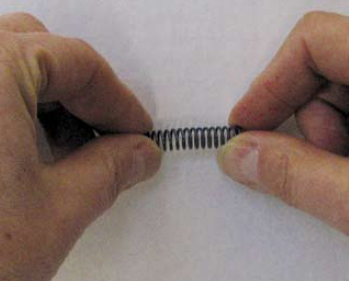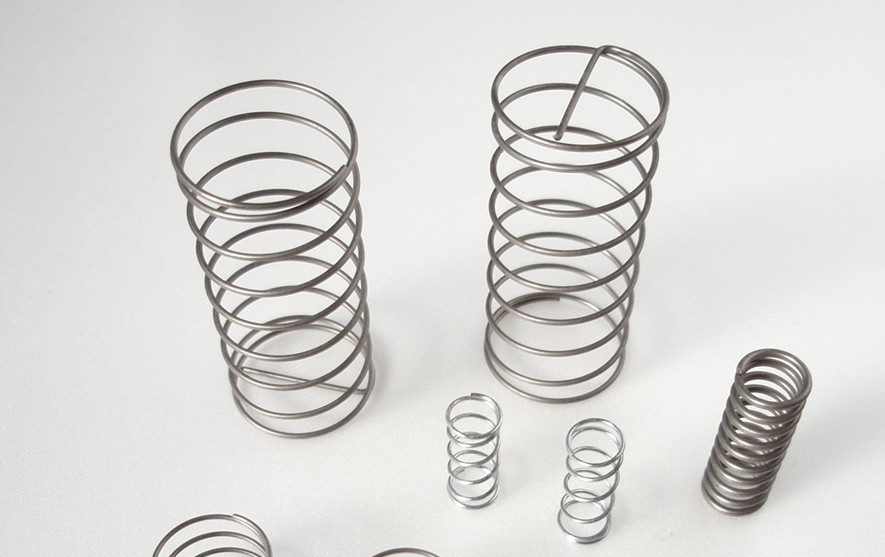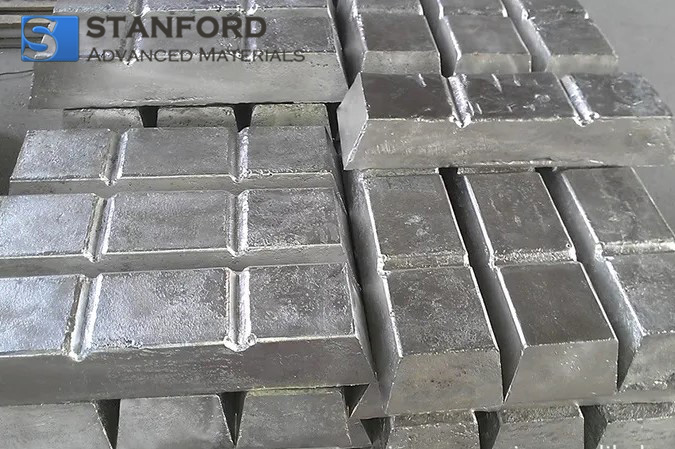Superelasticity And Shape Memory Of Nitinol
Nickel-Titanium (Nitinol) alloys possess a combination of physical and mechanical properties that make them suitable for manufacturing self-expanding stents. Some currently used materials do not possess these properties. They exhibit elastic deployment, thermal deployment, and buckling resistance. They also show stress retention, dynamic interference, pre-set stiffness, magnetic resonance imaging compatibility, X‑ray visibility, and biocompatibility. The term "shape memory" describes the ability to recover a predetermined shape after plastic deformation. "Superelasticity" refers to the ability to undergo elastic strain that compares with that of medical grade stainless steel.

Nitinol alloys are increasingly used for manufacturing self-expanding stents, transplant support systems, filters, baskets, and various devices for interventional procedures. Nitinol Medical Technologies, World Medical Technologies, and Cordis provide products based on the properties of these alloys. Their elastic deployment and shape memory characteristics are well documented. In combination with strength, fatigue resistance, biocompatibility, and MRI compatibility, these alloys support the development of quality medical devices. Conventional materials such as stainless steel, titanium, and Eigilloy exhibit mechanical behaviour that differs from human tissue. Nickel-Titanium alloys are nearly equiatomic intermetallic compounds of titanium and nickel.

In combination with strength, fatigue resistance, biocompatibility, and MRI compatibility, these alloys support the development of quality medical devices. Conventional metallic materials such as stainless steel, titanium, and Eigilloy exhibit mechanical behaviour that differs from that of human tissue. Similarly, Nickel-Titanium alloys are nearly equiatomic or nearly equiatomic intermetallic compounds of titanium and nickel.

 Bars
Bars
 Beads & Spheres
Beads & Spheres
 Bolts & Nuts
Bolts & Nuts
 Crucibles
Crucibles
 Discs
Discs
 Fibers & Fabrics
Fibers & Fabrics
 Films
Films
 Flake
Flake
 Foams
Foams
 Foil
Foil
 Granules
Granules
 Honeycombs
Honeycombs
 Ink
Ink
 Laminate
Laminate
 Lumps
Lumps
 Meshes
Meshes
 Metallised Film
Metallised Film
 Plate
Plate
 Powders
Powders
 Rod
Rod
 Sheets
Sheets
 Single Crystals
Single Crystals
 Sputtering Target
Sputtering Target
 Tubes
Tubes
 Washer
Washer
 Wires
Wires
 Converters & Calculators
Converters & Calculators
 Write for Us
Write for Us

 Chin Trento
Chin Trento



